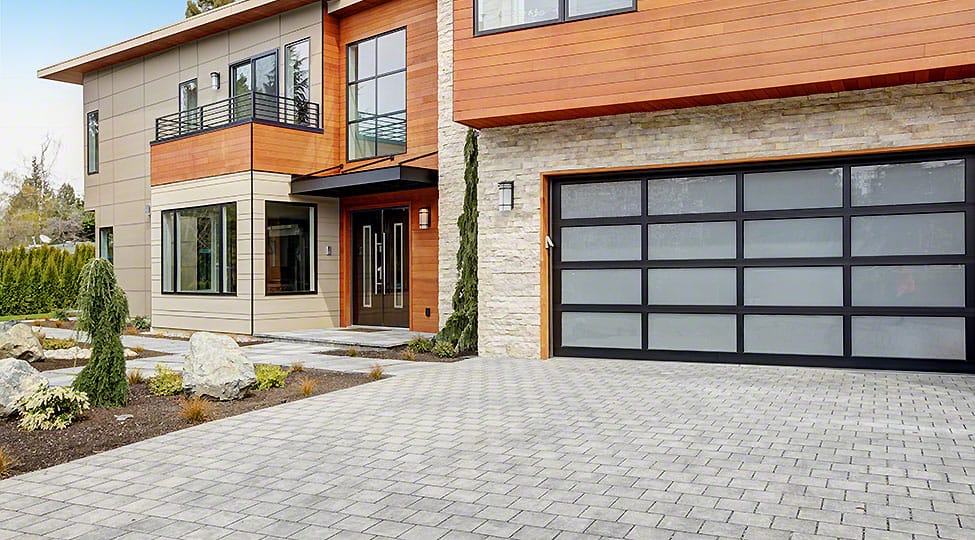
Pavers bring out the character of your property regardless of its shape and color. The beauty of pavers is there are many of them to choose from. There are travertine, granite, concrete, shell stone, marble and many others.
To get the most from the pavers, you have to install them properly. You can do the installation on your own if you have the skills or hire local patio builders to help out. Regardless of the person installing the pieces, you should lay them properly. To help you out, here are tips on how to lay pavers.
Lay a strong gravel base
Your pavers are as stable as the base they are sitting on. Unfortunately, to cut corners and reduce installation costs, many homeowners use dirt as base or backfill. While the dirt is easily available and cheap, it comes with plenty of issues.
For one, when you use dirt, the pavers can rotate and separate. Due to this, instead of having a smooth surface, you have a bumpy, uneven surface.
To avoid this, use road base gravel instead of dirt. This way, you have the right mix of fine and coarse aggregates so you get the best compaction.
After laying gravel, spread a smooth layer of concrete sand for your pavers to settle in and stay in place.
Have a deep base
For stable, beautiful pavers, you should excavate enough dirt to lay a proper grave base. A good rule of thumb is to dig 4” for common foot traffic areas and 6-10” for driveways and residential parking lots.
If you live in colder climates that are always wet and have weak soils, add an extra 2-4”.
Compact the base enough
Before you lay, the paves, ensure the gravel base is flat and firm. It shouldn’t have any bellies or rises of more than 1/8”. To achieve this, properly compact your base and pavers. You should note that you end up with sunken or raised pavers if you fail to compact your base.
For best results, compact your gravel base in both directions with a plate compactor or steel tamper.
Properly install bedding sand.
Bedding sand comes in handy at helping the stones settle firmly into the base and stay in place. The sand also serves as a levelling layer to even out any minor issues in the gravel base.
To get the best results, properly install the bedding sand. To do it, apply the screeding process. Here you lay and level the bedding sand at the same time.
You first lay a few 1” outside diameter screed bars to the compacted base then after ensuring they are level, bring in the sand.
You shouldn’t lay more than 1” of bedding sand as it will promote settling or wobbling of the pavers.
Place the pavers using the click and drop method.
You can’t just throw the pavers anyhow and expect them to stay in place—you need to have a formula. The correct way to do it is to use the click and drop method.
If you don’t use this method, you risk bulldozing the sand beneath the pavers, creating a deep void or large hill. And as a result, you end up with sunken or raised pavers that you will have to replace later.
When you are laying the pavers, don’t lay them in such a way you end up with a long linear line as you will have unstable pavers. The best way to avoid doing this is to work with expert masonry contractors Long Island.